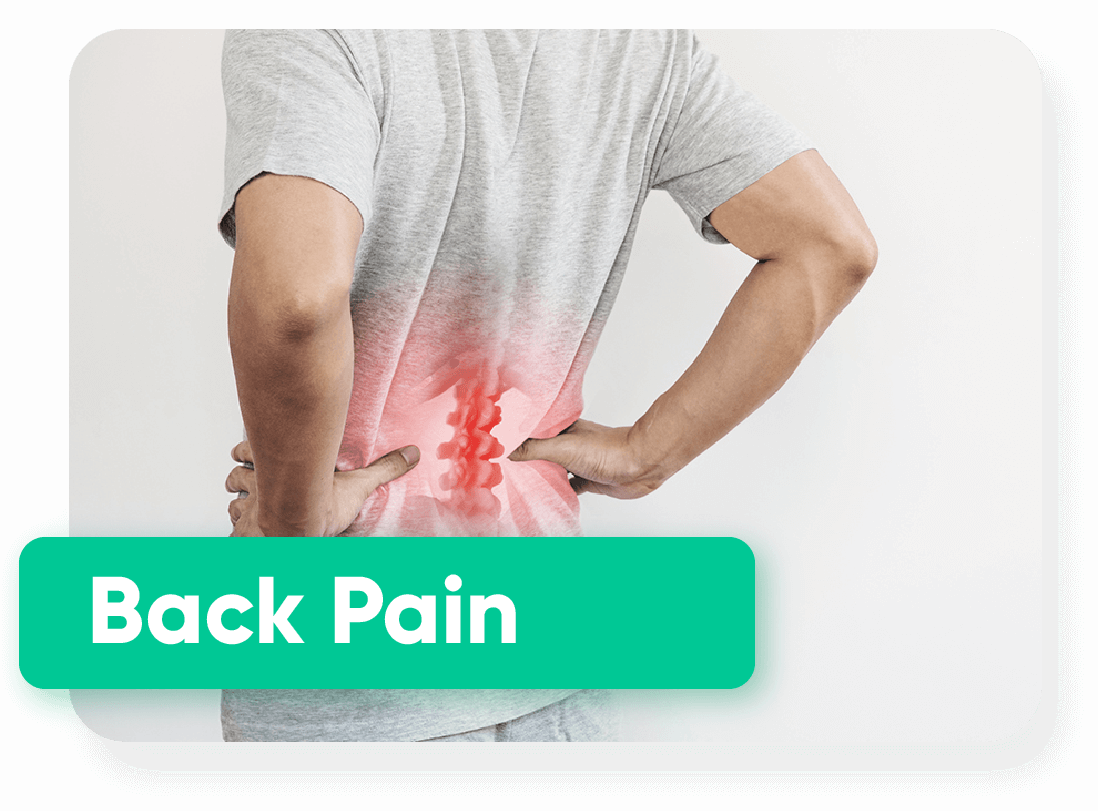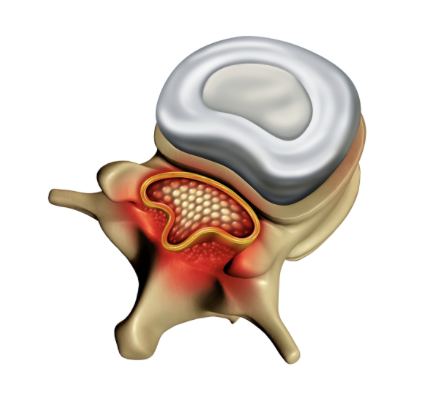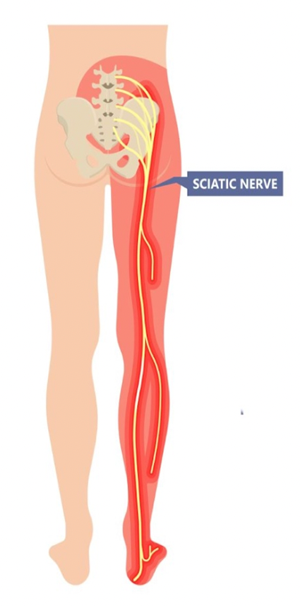Back pain and “what to know” Information

Back pain is the most common pain among all people in the world.
Your neuro-muscular-skeletal system is delicately balanced and interconnected.
When a muscle is too weak or even too strong, it places abnormal stress on another muscle.
The muscle that is stressed will compensate for a while, but eventually it will begin to hurt.
Strengthening the abdominal muscles can help prevent lower back pain.
One of the chief causes of lower back pain is weak abdominal muscles.
The abdominals hold the lower torso and if they are weak, the back muscles will be forced into strenuous positions and efforts.
Back pain and posture
Posture plays a vital role in maintaining a healthy back. Stand straight, with your stomach muscles firm and your buttocks tucked in.
Don’t way your back or let a curve develop in the lumbar region. Also, try not to sink into one hip or the other.
Good posture will not only save your back, it will also make you look much more attractive and fit
Sitting is more stressful to the back than standing, so if you have a sedentary job, get up and move around often.
Make sure you have a chair that has adjustable height, so you can sit with your feet flat on the floor and your knees slightly higher than your hips.
Your chair should be firm, but not totally hard, with armrests and tilt-and-swivel mechanisms.

 Spinal Stenosis: Back pain caused by a narrowing of the spinal canal. It is usually felt as a deep ache in the lower back that may radiate down the legs.
Spinal Stenosis: Back pain caused by a narrowing of the spinal canal. It is usually felt as a deep ache in the lower back that may radiate down the legs. Sciatica: Compression of the sciatic nerve. It is usually felt as a sharp, shooting pain that radiates down the leg.
Sciatica: Compression of the sciatic nerve. It is usually felt as a sharp, shooting pain that radiates down the leg.